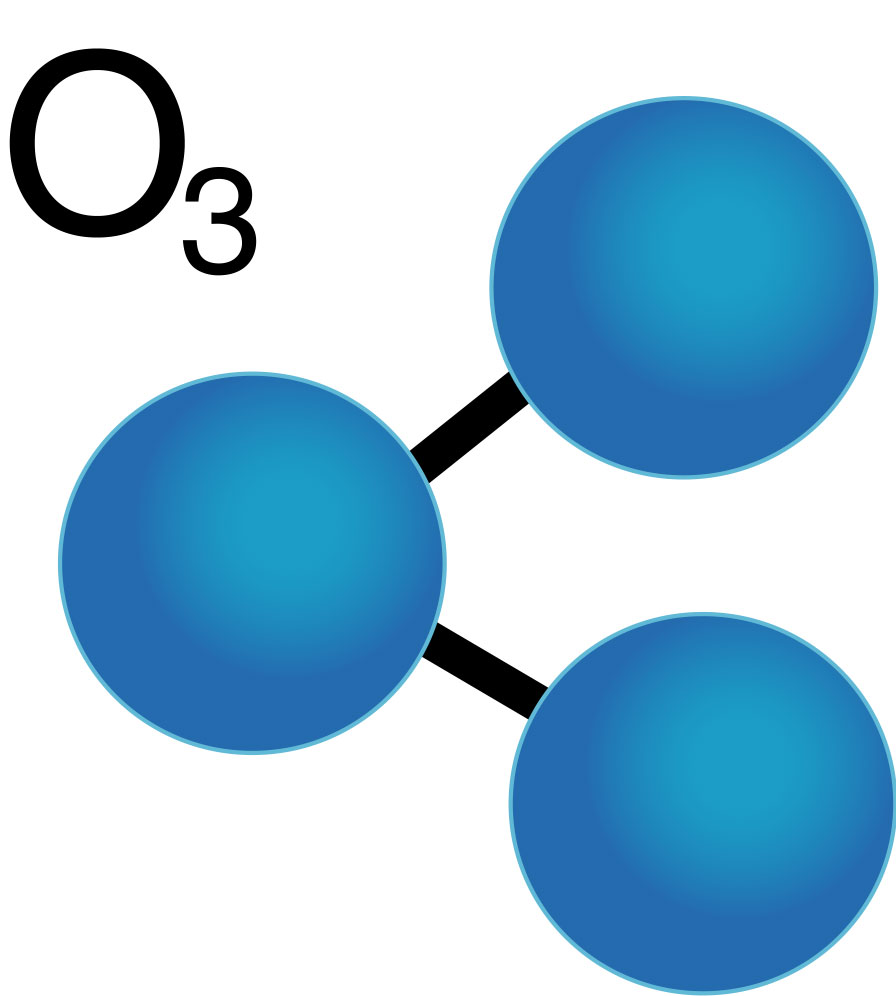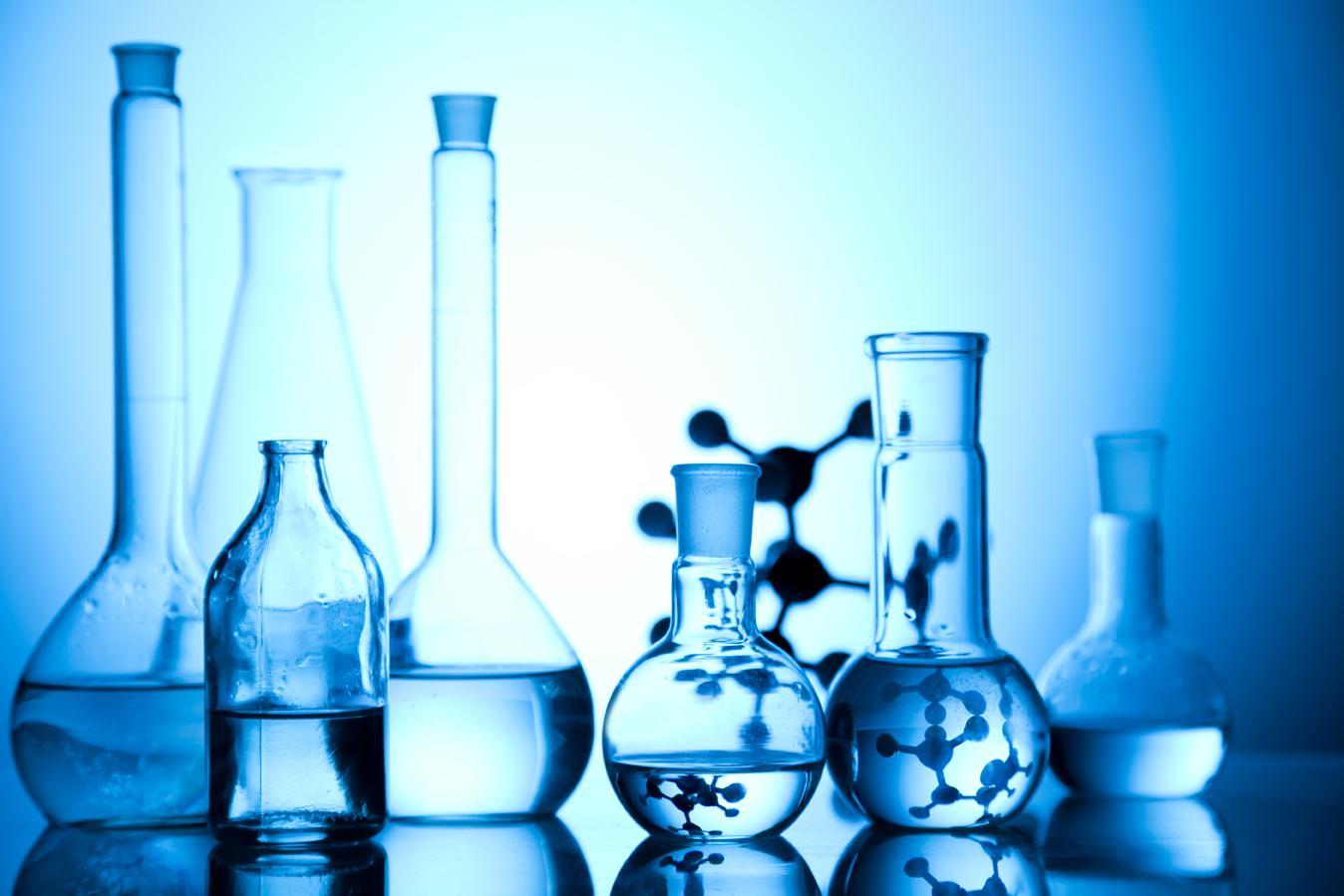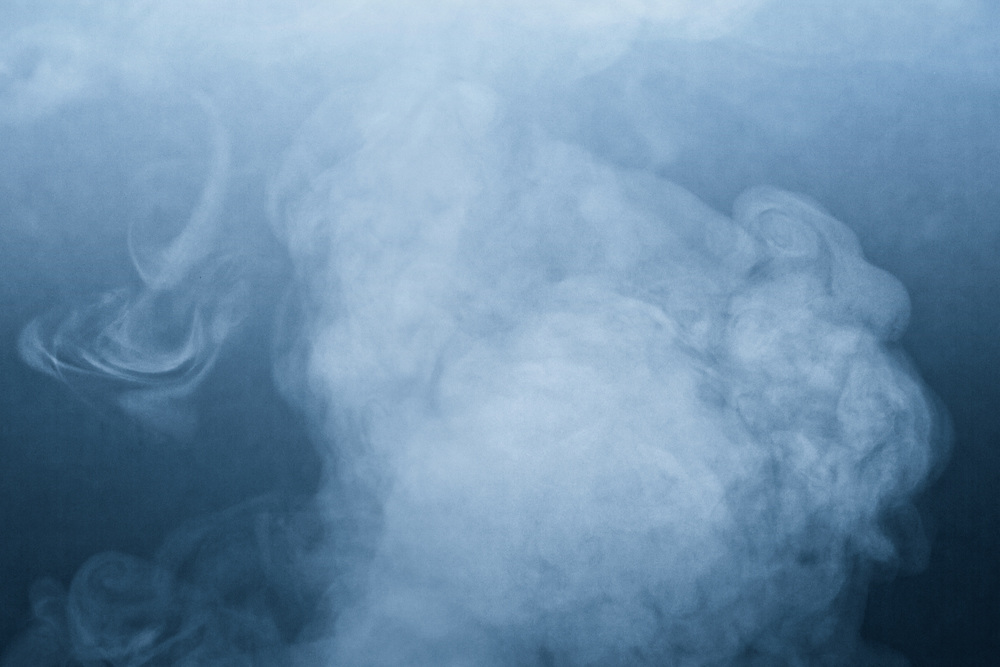BlueMorph Advantage
UVC is the only waterless sanitization method available
…and UVC poses minimal risk to the user, drawing very little power when compared to other methods:
Chemicals
Most conventional sanitization protocols use chemicals such as peracetic acid, quaternary ammonium compounds, chlorinated TSPs, chlorine dioxide and many more. Besides generating waste water, these methods also have associated occupational hazards as well as adverse environmental effects. BlueMorph patent pending technologies eliminates attendant waste disposal costs. UVC is a highly effective proven technology used throughout industries. Light has a superior ability to penetrate even microscopic pores that cannot be penetrated by liquids due to hydrophobic interactions and as such covers all exposed areas more thoroughly than chemical means. Although prolonged exposure to UVC is hazardous our patent pending systems are designed to protect the user against harm.

Ozone
Ozone gas is a highly efficient sanitizer, however there is much controversy regarding its effectiveness when dissolved in water. Even when ozone concentrations are at optimal levels required for sanitization, the main drawback is that is still requires water. Ozone exposure is regulated by the Occupational Safety and Health Administration (OSHA) as in higher concentrations it very hazardous and potentially lethal. UVC is the only waterless sanitization method currently available, it draws very little power when compared to other methods and poses minimal risk to the user
Steam
While steam is a highly efficient sanitizer and uses little water it does draw a tremendous amount of power. Further, the water used must be treated and disposed of. Steam systems also typically require distilled water in order to prevent pipes from corroding (particularly for CIP systems). Finally, vessels treated with steam pose a substantial burn risk to workers and as such extra precautions must be taken.

